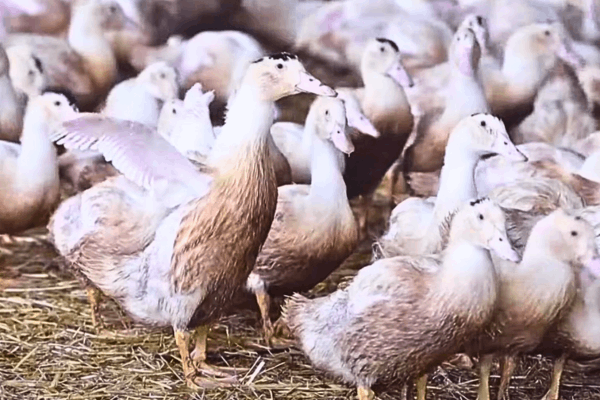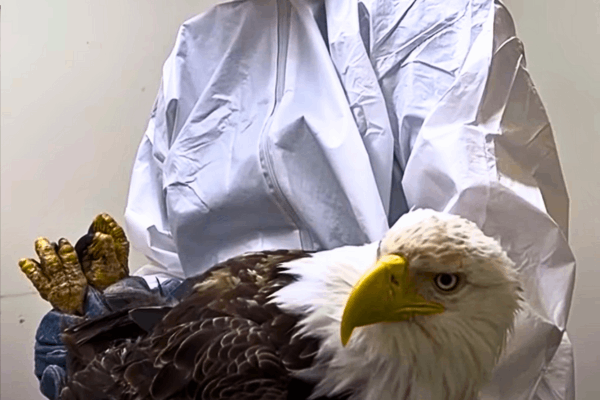The resurgence of Highly Pathogenic Avian Influenza (HPAI), commonly known as bird flu, has set off alarms among health and wildlife authorities. While human infections remain rare, the threat to geese, raptors, and domestic poultry is significant. This article delves into the unfolding developments and the crucial precautions required to mitigate the resurgence’s impact.
Bird Flu : The Ongoing Threat
HPAI viruses are notorious for their high infectivity and lethality, affecting both poultry and specific species of wild birds. Human infections, though infrequent, can occur, especially in close proximity to infected birds. The overall risk to the general public is low, yet the implementation of precautionary measures remains imperative.
In the spring of 2022, HPAI initially surfaced in wild birds and domestic poultry in Montana, marking the onset of a series of distressing events. While the summer saw a decline in HPAI cases among wild birds, the migratory season’s return ushered in new cases across various states, reigniting concerns about the virus’s resurgence.
Bird Flu : The Impact on Bird Populations
Bird flu has exacted a considerable toll on bird populations nationwide. Over the past two years, more than 60 million birds have succumbed to this outbreak, causing profound concern within the poultry industry and wildlife conservation circles.

As cases resurge, several states have initiated culling operations to curtail HPAI’s spread. In a mere month, the Dakotas and Utah have culled over 100,000 birds each, while Minnesota’s count surpasses 200,000, with fresh outbreaks affecting more than 20,000 birds in commercial turkey facilities. The recent report of a turkey flock case in Iowa marks the first since January, underscoring the gravity of the situation. These operations are crucial, especially during the heightened risk posed by the migratory season.
Protecting Poultry and the Food Supply
Authorities emphasize that birds affected by HPAI never enter the food supply chain. Consumers are urged to continue supporting poultry producers and their products. While the resurgence of this disease triggers concern, it’s vital to acknowledge the safety of the food supply.
Encouraging consumers to sustain their purchases of poultry and turkey at grocery stores becomes pivotal during these challenging times. The recurrence of bird flu is undeniably troubling for poultry producers, yet the assurance of the general public’s food supply remains steadfast.
Amidst navigating this renewed challenge, striking a balance between vigilant biosecurity and supporting the industry becomes imperative. By exercising caution around avian wildlife, vigilantly monitoring flocks for signs of illness, and ensuring strict separation between domestic and wild birds, mitigating HPAI’s impact becomes feasible.
While bird flu cases resurface, a collective effort in adhering to precautions and staying abreast of the situation can safeguard both poultry and wild bird populations from the devastating effects of this virus. Amid persistent challenges, the unwavering safety of the food supply remains a priority.




